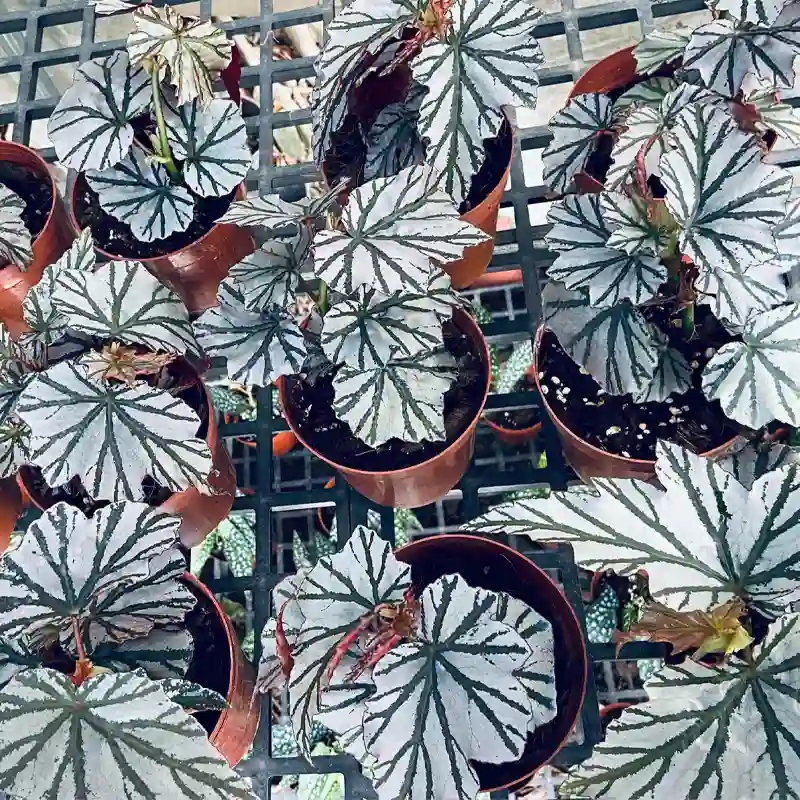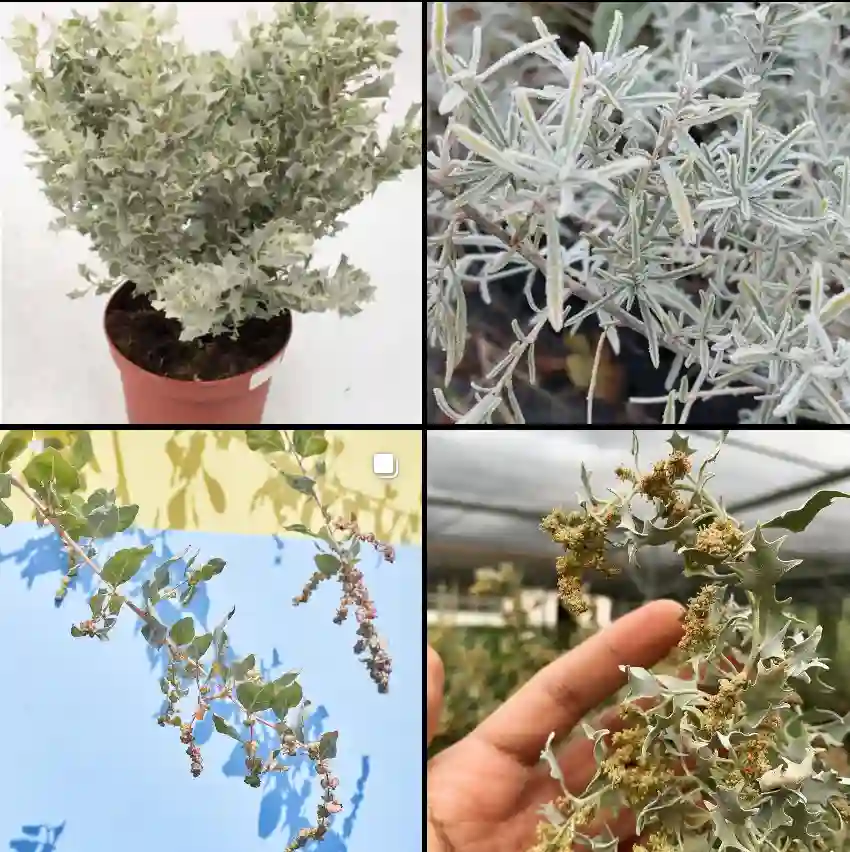FAQs About Plectranthus Glabratus
Plectranthus Glabratus is a fascinating plant I’ve had the chance to care for and observe closely. It’s one of those plants that easily fits into various environments and brings a fresh, natural beauty. I’ve gathered some common questions and answers that I think will be helpful to anyone curious about growing, propagating, and maintaining this plant. Let’s dive into some FAQs that cover the essentials.
302 Species in Genus Coleus
What Is Plectranthus Glabratus?
Plectranthus Glabratus, a synonym of Coleus Paniculatus, is a perennial herb from the mint family (Lamiaceae). It’s native to tropical and subtropical regions and is often grown for its aromatic leaves and ornamental appeal. The plant features small, roundish leaves that are usually a soft green, and they have a fuzzy texture that makes them unique to touch. It’s commonly used as ground cover or in hanging baskets, and I’ve found it to be an excellent choice for adding greenery to both indoor and outdoor spaces. The small white or pale purple flowers also add a subtle charm when they bloom.
How to Care for Plectranthus Glabratus?
From my experience, caring for Plectranthus Glabratus is relatively straightforward, making it a great option for beginner gardeners or those looking for low-maintenance plants. Here are some care tips:
- Light: It thrives best in partial shade to full sun. If growing indoors, a bright spot near a window is ideal.
- Watering: Keep the soil slightly moist but not waterlogged. I usually water it when the top inch of soil feels dry to the touch.
- Soil: It prefers well-draining soil. A mix of garden soil and perlite has worked great for me.
- Temperature: It does well in warm climates, but avoid exposing it to frost or extreme cold.
- Fertilization: I fertilize mine with a balanced liquid fertilizer every 4-6 weeks during the growing season, which helps keep it lush.
How to Propagate Plectranthus Glabratus?
Propagating Plectranthus Glabratus is a simple process, and I’ve had a lot of success with stem cuttings. Here’s how I usually do it:
- Select a Healthy Stem: Choose a non-flowering stem about 4-6 inches long.
- Cut Below a Node: Use sharp, clean scissors to cut just below a node (the point where leaves attach to the stem).
- Remove Lower Leaves: Remove the leaves from the bottom half of the cutting to expose the nodes.
- Rooting in Water or Soil: You can either place the cutting in water until roots form (about 2-3 weeks) or plant it directly in moist soil.
- Transplant: Once roots are well established, transplant into a pot or garden bed.
What to Plant with Plectranthus Glabratus?
When planting Plectranthus Glabratus, I like to pair it with other shade-loving plants that share similar water and light requirements. Some great companions include:
- Ferns: Their delicate fronds complement the soft leaves of Plectranthus.
- Begonias: These also enjoy partial shade and can add a pop of color alongside the green foliage.
- Coleus: Another great match with its vibrant, multi-colored leaves.
These combinations create a lush, layered look, making the garden or plant arrangement feel fuller and more dynamic.
Is Plectranthus Glabratus Toxic?
One common concern is whether Plectranthus Glabratus is toxic. Based on my research and experience, this plant is non-toxic to both humans and pets, which is great news if you have kids or animals around the house. However, I still recommend keeping an eye on pets or children to ensure they don’t overindulge in chewing on the leaves, just to avoid any digestive upset.
Benefits of Growing Plectranthus Glabratus
I’ve found several benefits to growing Plectranthus Glabratus. Here are a few highlights:
- Aesthetic Appeal: Its trailing growth habit and fuzzy green leaves make it perfect for hanging baskets or as a ground cover in shaded areas.
- Low Maintenance: It doesn’t require much attention once established and can tolerate some neglect.
- Air Purification: Like many other plants in the mint family, it helps improve indoor air quality by filtering out toxins.
- Aromatic: The leaves emit a subtle fragrance, especially when brushed or crushed, adding a pleasant, natural scent to any space.
Common Problems and Solutions
Though Plectranthus Glabratus is generally hardy, it can face a few common issues:
- Overwatering: This can lead to root rot. Make sure the soil is well-draining and allow the top layer to dry out between waterings.
- Pests: Occasionally, I’ve spotted aphids or whiteflies on my plants. Using insecticidal soap or neem oil usually solves the problem.
- Leggy Growth: If the plant becomes too leggy, it may not be getting enough light. Moving it to a brighter spot or pruning it back can encourage bushier growth.
How Does Plectranthus Glabratus Compare to Similar Plants?
Plectranthus Glabratus is often confused with its cousin, Plectranthus Amboinicus, also known as Cuban Oregano. While both share a similar growth habit and aromatic leaves, Plectranthus Amboinicus has thicker, more succulent leaves and is more commonly used in culinary applications. Plectranthus Glabratus, on the other hand, is primarily ornamental. Another comparison I’ve noticed is with Coleus, but Coleus is much more vibrant in color, while Plectranthus Glabratus offers a subtler, more calming green.
Conclusion
In my experience, Plectranthus Glabratus is a versatile, low-maintenance plant that can thrive in various environments. Whether you’re using it as a ground cover, in hanging baskets, or as part of an indoor plant collection, it brings both beauty and ease to any garden or home. With proper care, it’s a plant that rewards with lush foliage and a soft, aromatic presence.
If i die, water my plants!



